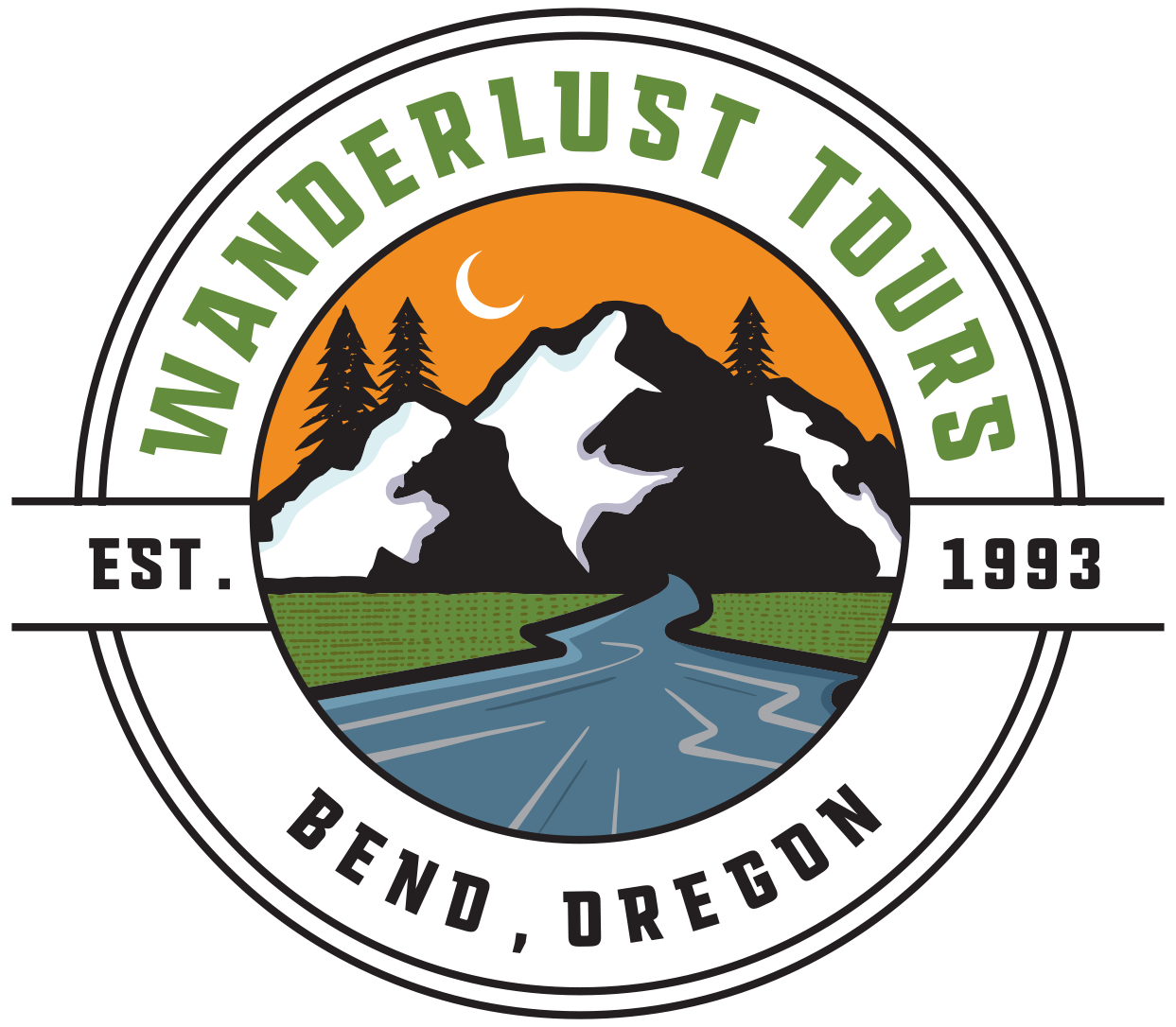Ah, that iconic image: The Newberry Caldera. This is the volcano that lies just 20 miles south of Bend! Did you know our little city was situated on the edge of a volcano the size of Rhode Island? And did you know that we lead daily Volcano Tours in the summer? It's a must-see when visiting Central Oregon.
Is It Active?
The Newberry Volcano is technically still active, but there's been little cause for worry at this point. The US Geological Survey's Cascades Volcano Observatory have real-time monitoring systems in place, and they receive updates on any seismic activity, or changes in formations under and above ground. Thank goodness for scientists!
The Volcano
This is an active volcano! The last eruption was only 1,300 years ago-- not that long ago in terms of volcanic history!
Newberry Volcano is a shield-shaped stratovolcano, about 75 miles long, and 27 miles wide-- but when you factor in the lava flows, the caldera covers over 1,200 square miles! Because of its enormous size and prominence, the caldera is often confused for a full mountain range.
This is the largest volcano in a series of volcanoes called the Cascade Volcanic Arc. This arc of volcanoes stretches over 700 miles, from British Columbia, through Washington and Oregon down to Northern California. These volcanoes were formed along the Cascadia subduction zone, which is the same convergent plate boundary scientists predict will cause the impending massive earthquake and subsequent tsunami dubbed "The Big One."
The ground is lava!
On our Volcano Tours, we make sure to take you through the amazing lava flows to highlight the power and scope of a volcanic eruption. You'll see shards of black, volcanic glass called "Obsidian," which we talked about in a previous blog post on our local geology. These gorgeous rocks have a smooth, glassy black surface that can be super sharp to the touch. They're quite a sight to behold.
THE LAKES
As if the volcano weren't stunning enough, there are two gorgeous crater lakes in the Newberry Volcano: Paulina and East Lake. We actually include Paulina in the possible lakes we visit for our Cascade Lakes Canoe and Kayak Tours. These lakes are filled only by precipitation, and percolation of ground water. Paulina is the larger of the two lakes at 1,530 acres and a depth of 250 feet, while East Lake is 1,050 acres and has a depth of 180 feet. The two lakes are separated by a narrow piece of land (or an "isthmus").
























